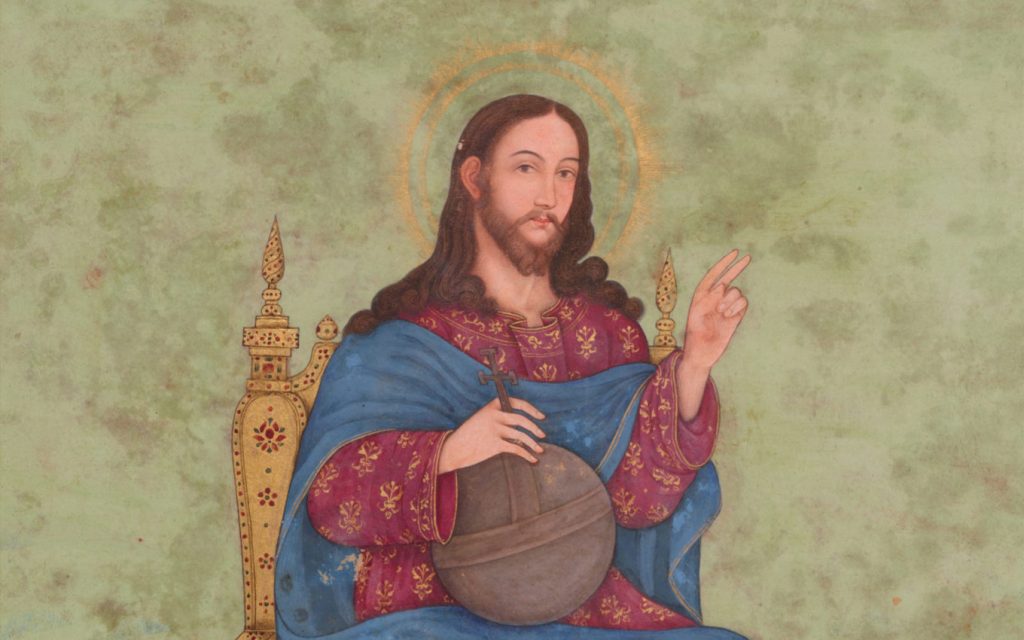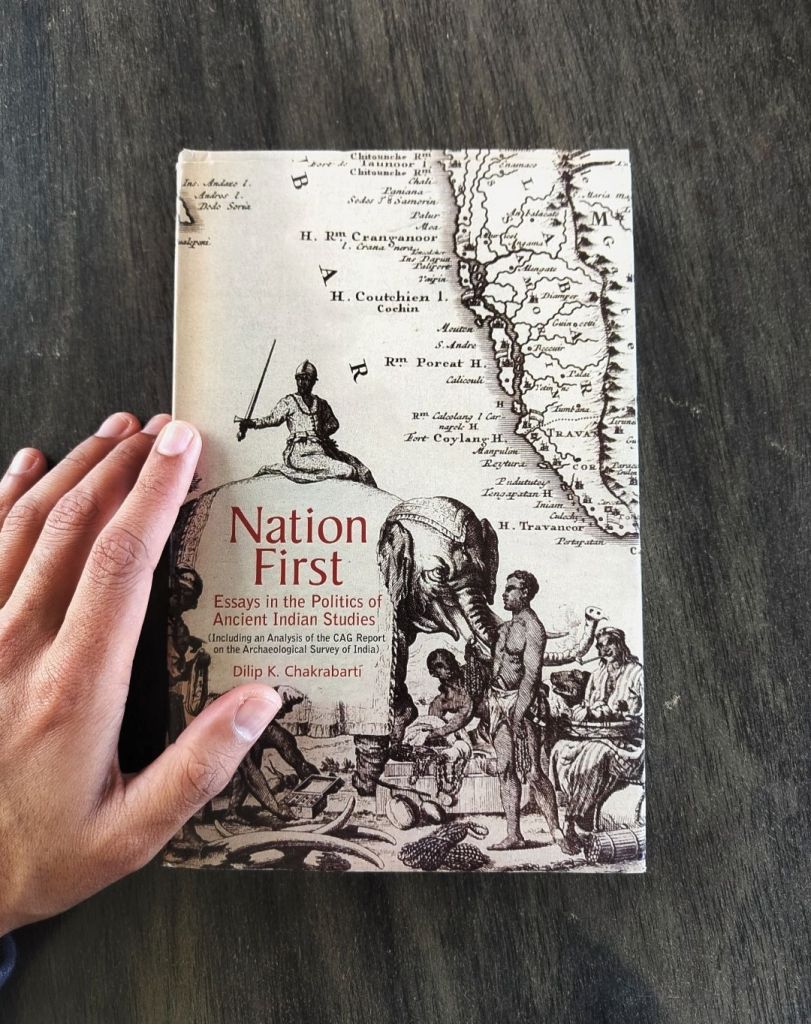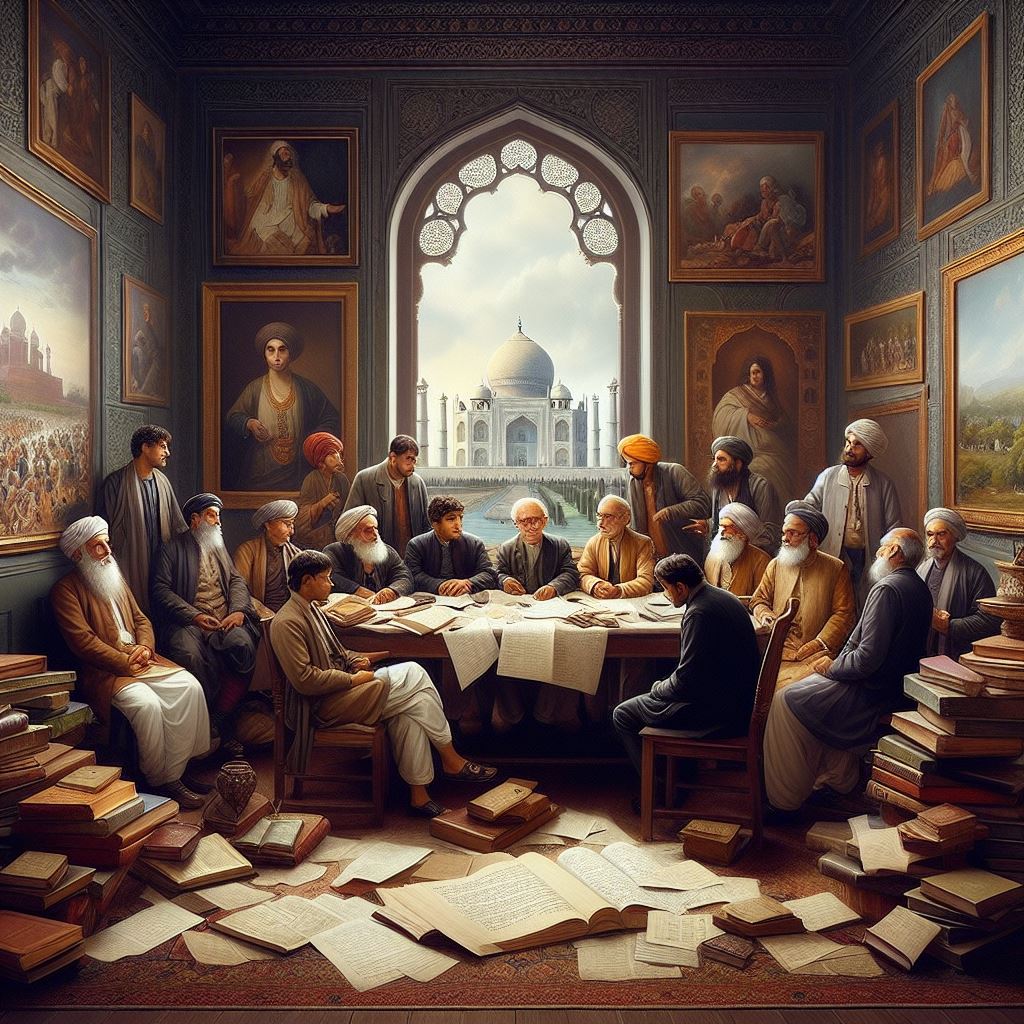The story of how we began to understand ancient India starts in the 18th century. Back then, Europe held onto a historical framework based on the Bible. So, for all intents and purposes, they had to imagine a world where everything stemmed from Noah’s sons—Ham, Shem, and Japhet.
This perspective led scholars like William Jones to a fascinating discovery. He noticed striking similarities between Sanskrit, Greek, and Latin. Here was a clue—could these languages share a common ancestor, perhaps linked to the Biblical narrative?

Fuelled by this curiosity, another scholar, James Rennel, embarked on a mission to identify ancient Indian cities mentioned in Greek writings. He successfully pinpointed Patliputra, a grand city described by the Greek explorer Megasthenes, to the modern-day location of Patna.
We have to remember that the 18th century also witnessed the rise of the Enlightenment in Europe. Thinkers were challenging traditional beliefs and seeking alternative explanations for the origins of civilisation. China initially held the spotlight, but soon, India entered the picture. Some, like Voltaire, even proposed India or Central Asia as the cradle of civilization, with knowledge spreading outwards.
The rise and fall of Grand Theories
These early attempts to understand India were heavily influenced by the prevailing intellectual climate.
- The Biblical Connection: Jones emphasised the connection between ancient languages, attempting to fit India into the existing Biblical framework.
- The Enlightenment Challenge: In the spirit of the times, some saw India as an ancient centre of knowledge, with learned Brahmins and Buddhists spreading their wisdom across vast distances.
However, by the mid-19th century, these grand theories started to lose ground. This shift coincided with the Indian rebellion of 1857. It highlights a crucial point—academic ideas in the humanities and social sciences can be deeply intertwined with the prevailing political landscape.
New tools, new perspectives
The latter half of the 19th century saw significant advancements:
- Literary Sources: Translations of Chinese travelogues by Xuanzang and Faxian, along with Sri Lankan texts like Mahavamsa and Dipavamsa, shed light on ancient Indian history and dynasties.
- Archaeology: Archaeological surveys by Alexander Cunningham began to map the historical potential of various sites across India.
The Aryan Invasion Theory

This period also witnessed the rise of the “Aryan” theory, heavily promoted by German scholar F. Max Muller. He placed great emphasis on the Aryan language family, suggesting a racial connection between the ruling class in India and European groups.
This theory resonated with some Indians, particularly the upper classes, who saw a shared ancestry with the British rulers. However, it faced strong opposition from scholars like Jyotiba Phule and B. R. Ambedkar, who highlighted the underlying racist assumptions.
Science and bias: A troubling intersection
It’s crucial to note that the development of racial classifications often coincided with advancements in academic fields like linguistics.
For instance, J. F. Blumenbach, who categorised human groups into racial types, lived around the same time as William Jones, the pioneer of comparative philology. This troubling correlation suggests that scientific pursuits were not always free from prejudice.
The blatant bias became evident with the publication of H.H. Risley’s racial classification scheme in the 1901 census. Notably, the widespread acceptance of the Aryan invasion theory and the racial categorisation of India happened around the same time, highlighting the problematic link between constructed historical narratives and racial ideologies.
The exploration goes on

Understanding ancient India has been a fascinating yet complex journey. Early attempts were coloured by the prevailing intellectual and political climate. New tools like archaeology and translations of historical texts provided valuable insights.
However, the rise of racial theories in the 19th century serves as a stark reminder of the potential pitfalls of scientific inquiry when not grounded in objective analysis.
The study of ancient India continues to evolve, incorporating new evidence and critical perspectives. This ongoing exploration allows us to paint a more accurate and nuanced picture of the past.
Reference Books:
Nation First: Essays in the Politics of Ancient Indian Studies by Dilip K. Chakrabarti.
